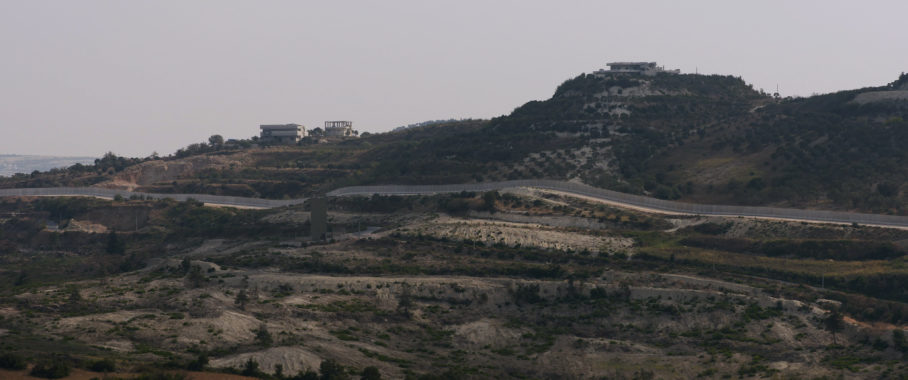
© » KADIST
Eric Baudelaire
With the war-torn Beirut cityscape as its backdrop—urban alleys, glistening beaches, abandoned buildings—Eric Baudelaire’s complex film, The Ugly One , unfolds in a time and place that vacillates among revolutionary narratives of the past, the fragile and ever-changing political situation of the present, and attempts to piece together the memories of those that live, or once lived, in the city. Conceived as a sequel to his documentary The Anabasis of May and Fusako Shigenobu, Masao Adachi and 27 Years Without Images (2011), Baudelaire builds the structure of the film around a story told by Japanese New Wave film director Adachi, who also narrates the film. The plot line pivots around two lovers and former resistance fighters, Michel (played by Lebanese artist and actor Rabih Mroué) and Lili (Juliette Navis); their narratives fragment and reconfigure around the screenplay, which itself intertwines with Adachi’s own history, the act of making the film, and the self-conscious and sometimes improvisatory process of writing the script.

© » KADIST
Joana Hadjithomas & Khalil Joreige
Rocket Society refers to a space project led by a group of Armenian researchers at the beginning of the 1960s. They created the first Middle Eastern rocket and carried out a dozen launches. Today, there is a kind of amnesia related to this space program while at that time the newspapers would talk about it frequently; a postal stamp was even issued for the occasion.

© » KADIST
The Atlas Group
This image is an extract from a notebook in the archives of doctor Fakhouri that lists the cars that have been used for bombs between 1975 and 1991. Each page of the notebook contains a collage of an image of a car with the same make, model and color as the exploded car with a text in Arabic that gives the details of the place, time and date of the explosion, the number of people in the accident, the perimeter of destruction, the weight and the type of explosive. The images of the cars made visible are only equivalents since the cars that actually exploded are totally destroyed.

© » KADIST
Walid Raad
Drawing & Print (Drawing & Print)
“The Lebanese wars of the past three decades affected Lebanon’s residents physically and psychologically: from the hundred thousand plus who were killed; to the two hundred thousand plus who were wounded; to the million plus who were displaced; to the even more who were psychologically traumatized. Needless to say, the wars also affected Lebanese cities, buildings and institutions. It is clear to me today that these wars also affected colours, lines, shapes and forms.
Walid Raad
Walid Raad is a Lebanese artist whose work investigates the way historical events of physical and psychological violence affect bodies, minds, culture, and memory...
Eric Baudelaire
Currently based in Paris, Franco-American artist Eric Baudelaire has developed an oeuvre primarily composed of film, but which also includes photography, silkscreen prints, performance, publications and installations...
The Atlas Group
The Atlas Group is a research and artistic project founded by Lebanese artist Walid Raad in 1999...
Joana Hadjithomas & Khalil Joreige
Joana Hadjithomas and Khalil Joreige collaborate as both filmmakers and artists, producing cinematic and visual artwork that intertwine, spanning feature and documentary films, video and photographic installations, sculpture, performance lectures and texts...
-
1990-1999
The Atlas Group
1991This image is an extract from a notebook in the archives of doctor Fakhouri that lists the cars that have been used for bombs between 1975 and 1991...
-
2000-2009
Walid Raad
Drawing & Print
2009(Drawing & Print) “The Lebanese wars of the past three decades affected Lebanon’s residents physically and psychologically: from the hundred thousand plus who were killed; to the two hundred thousand plus who were wounded; to the million plus who were displaced; to the even more who were psychologically traumatized...
-
2010-2019
Eric Baudelaire
2013With the war-torn Beirut cityscape as its backdrop—urban alleys, glistening beaches, abandoned buildings—Eric Baudelaire’s complex film, The Ugly One , unfolds in a time and place that vacillates among revolutionary narratives of the past, the fragile and ever-changing political situation of the present, and attempts to piece together the memories of those that live, or once lived, in the city...


